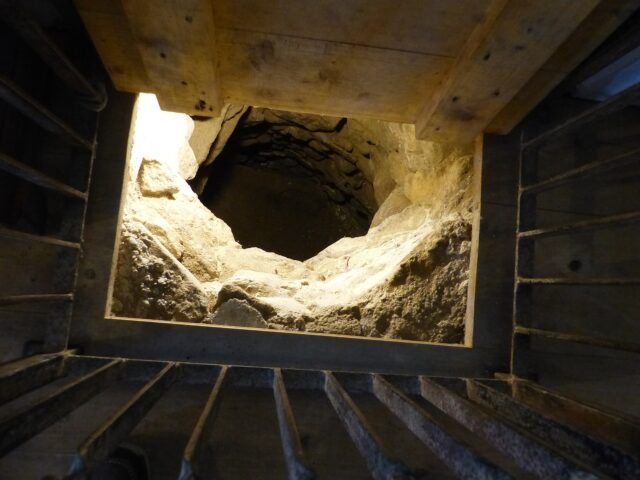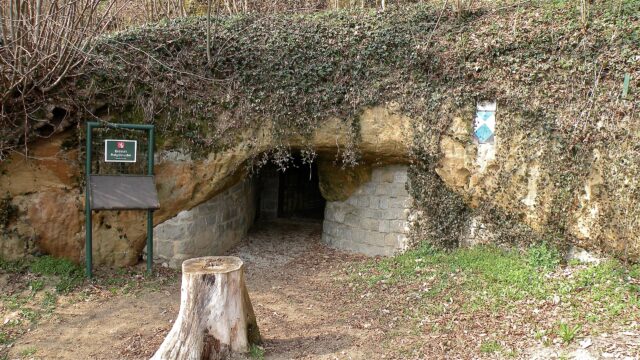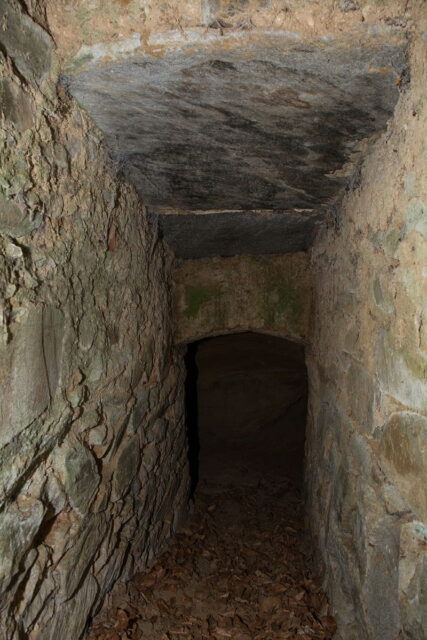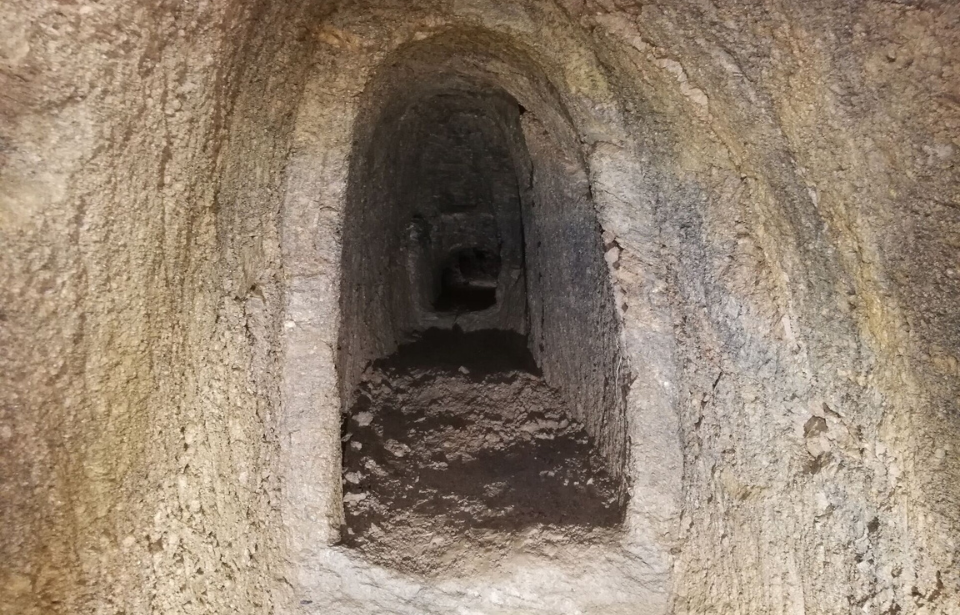Archaeological discoveries always pique public interest, but none have captured as much attention as the Erdstall tunnels. Dating back centuries and possibly even millenniums, these subterranean passages are shrouded in mystery, with no one quite sure how or why they were created. Theories abound as to their true purpose, but we’re still waiting for a concrete conclusion.
What are the Erdstall tunnels?

The Erdstall tunnels are underground passages. Loosely translating to “mining tunnel” and “earth stable” in German, they’re long and narrow tunnels that are incredibly difficult to move through, with offshoot chambers spread throughout.
Erdstall tunnels differ from other subterranean passages in that they’re unnaturally narrow, to the point where an average-sized human would have difficulty walking through them. They were carved into smooth, ovular shapes, indicating significant work went into digging them, with small transition points known as “schlupfs” dotting their expanses. These allowed people to change levels while underground.
The tunnels, notably, only have one entrance/exit point, meaning anyone within had to backtrack if they wanted to return to the open air.
There are thousands of Erdstall tunnels across Europe, with the highest concentrations being in Austria and Bavaria. Little is known about them, as historical records are all but nonexistent, but it’s believed they were dug between the Stone Age and the Middle Ages.
What was the purpose of the Erdstall tunnels?

Records from the time periods in which the Erdstall tunnels were dug scarcely mention them, meaning their purpose has been widely speculated. Some suggest a religious purpose, with others alleging they’re proof aliens once visited Earth. There’s also a belief that farmers and townsfolk used them to hide from marauders and waring tribes.
Another theory, reported by Popular Mechanics, states the Erdstall tunnels could have been hiding places for thieves looking to escape the grips of law enforcement or as living quarters during extreme weather. The publication spoke with Luc Stevens of the French Society for the Study of Underground Tunnels, who refers to the passages as “souterrains.”
There’s been some evidence found to support this, such as ventilation pipes and fireplace-esque structures, but not every Erdstall tunnel has these components. What’s more, there’s been little-to-no archaeological material found within them to pinpoint a true purpose.
Research and exploration has proven difficult

Aside from the lack of written records, why have researchers been unable to come to a conclusion as to the purpose of the Erdstall tunnels? Given how much has been gleamed about times past, you’d think archaeologists and researchers would have been able to come to some sort of concrete conclusion.
Well, as aforementioned, the tunnels are tiny, meaning it’s incredibly difficult for humans to navigate them – some entrances are only the width of a small person! That being said, advancements in technology are allowing for them to be better explored.
For example, two experts, Raimund Edlinger and Kurt Niel, have used an RGB camera, depth sensors, an accelerometer and a gyroscope to examine the Erdstall tunnels, with the resulting 3D images allowing them to find some important information.
However, how the passages were constructed remains a mystery, with Edlinger telling Popular Mechanics that understanding that missing piece will help them gain a better understanding of their true purpose. “Maybe we can find a relationship between erdstall facilities once we learn more about their construction,” he posited.
More from us: An Environmental Disaster Turned Times Beach, Missouri Into a Toxic Ghost Town
Want to become a trivia master? Sign up for our Today In History newsletter!
Until then, these mysterious passages will continue to be a topic of speculation.
